In a digital age where cryptocurrency projects come and go with alarming speed, a few firmly cement themselves in the future narrative. BEAM is quickly becoming one of those names, particularly known as BEAM Crypto’s favourite in the rapidly expanding world of gaming blockchain.
The title “Crypto’s Favourite Gaming Blockchain” isn’t just hype.
It results from a consistent build-up of technological credibility, a vibrant gaming ecosystem, and a community that’s growing stronger by the day.
This article explores why BEAM is gathering so much momentum in 2025, how it carved out a niche in the hyper-competitive gaming sector, and what it means for players, developers, and investors alike.
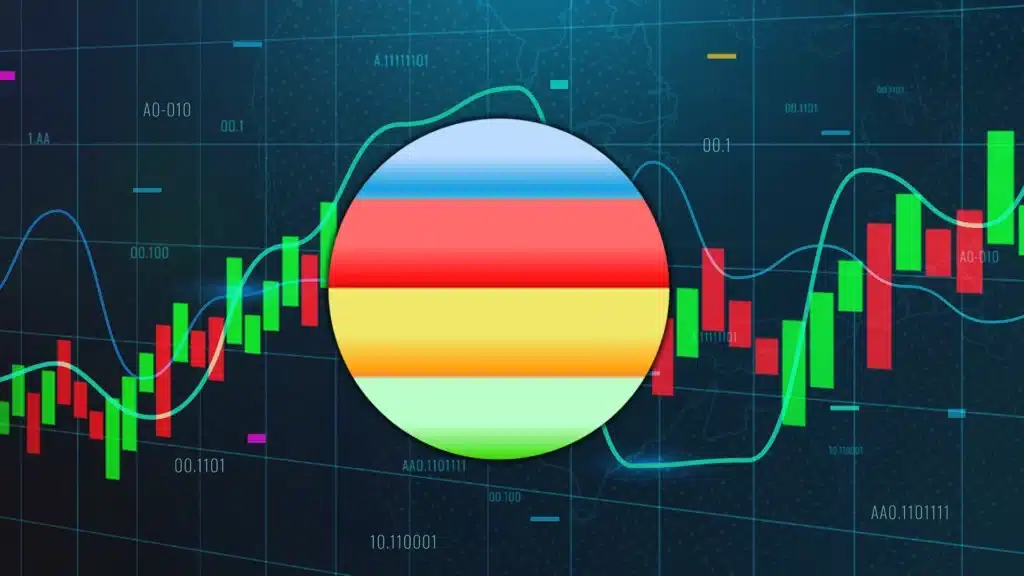
Check out: UAE CRYPTO: THE FUTURE OF FINANCE
Check out: UAE CRYPTO: THE FUTURE OF FINANCE
What is BEAM?
Launched originally in 2023, BEAM isn’t just another gaming coin.
It’s a Layer-1 blockchain purpose-built for gaming ecosystems.
Unlike many crypto projects that bolt gaming functionality onto an existing framework, BEAM was engineered from the ground up with gaming as its primary use case.
It powers decentralised games, NFTS, token economies, and metaverse environments — all while maintaining lightning-fast transaction speeds and almost negligible fees.
BEAM was developed under the Merit Circle DAO umbrella, a major player in the blockchain gaming and decentralised finance (DeFi) sectors.
This origin story already gave BEAM serious credibility before it even went live.
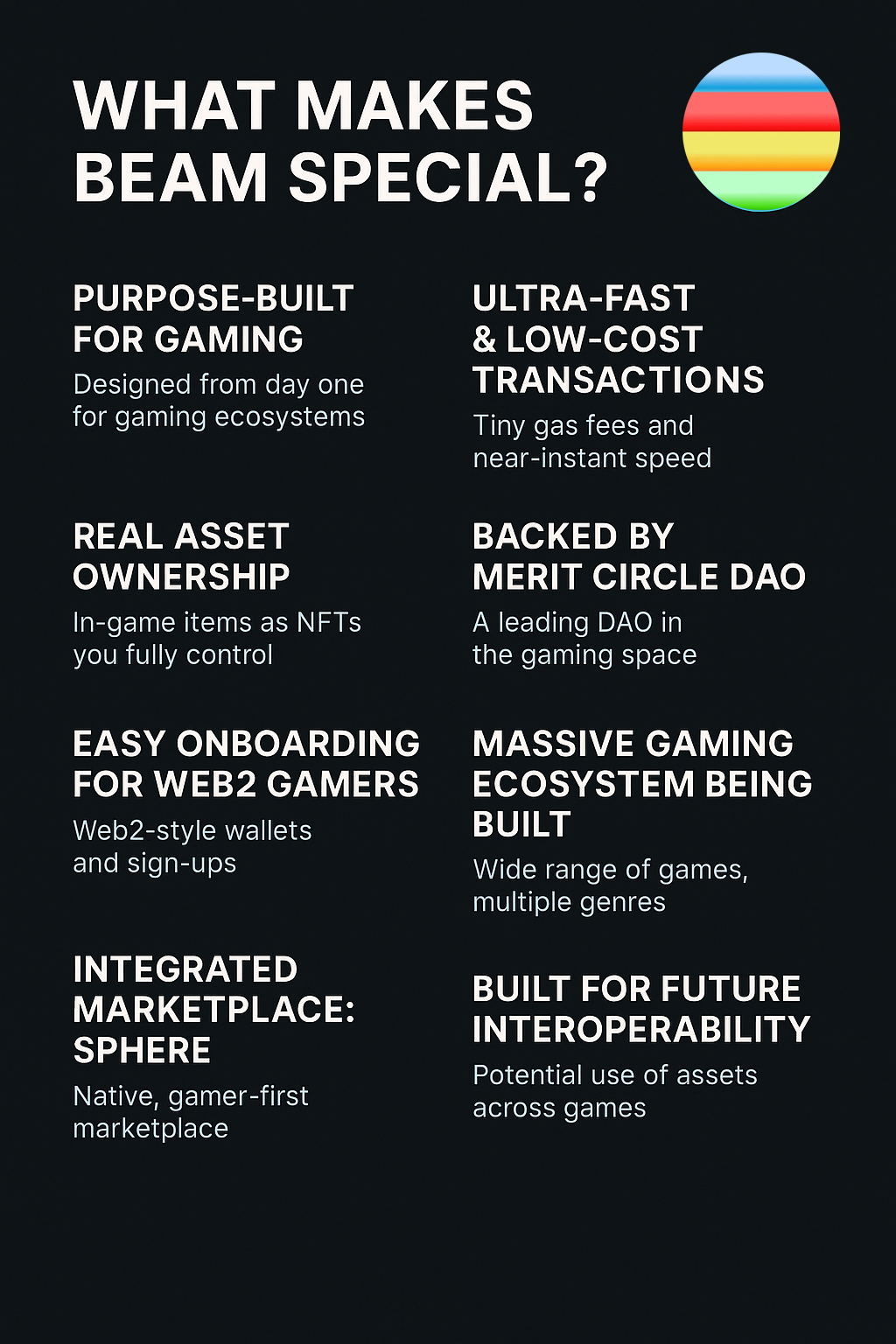
Why is BEAM Gaining So Much Popularity?
Several clear reasons explain BEAM’s rapid rise:
1. Focused Use-Case
Instead of trying to be everything to everyone, BEAM zeroes in on the gaming industry.
This precision focus means their blockchain is tailored perfectly to gaming needs: low latency, scalability, and flexible token economics.
2. Scalability and Speed
BEAM can handle thousands of transactions per second (TPS) with very low fees.
For gaming ecosystems that require instant in-game transactions, such as weapon upgrades or NFT trading, this speed is essential.
3. Low Barrier to Entry
Traditional blockchain games often scare away players with complicated setups: external wallets, complex onboarding, and gas fees.
BEAM, however, removes these frictions, making it accessible for non-crypto-native gamers too.
4. Partnerships and Game Development
BEAM is already backing a wave of blockchain games through grants, partnerships, and in-house development.
Their portfolio includes RPGs, strategy games, PvP battle arenas, and even metaverse worlds.
Some notable upcoming titles on BEAM include:
- Edenhorde: A visually stunning RPG universe.
- Walker World: A fully immersive metaverse experience.
- Hash Rush 2.0: A reimagined strategy battle game.
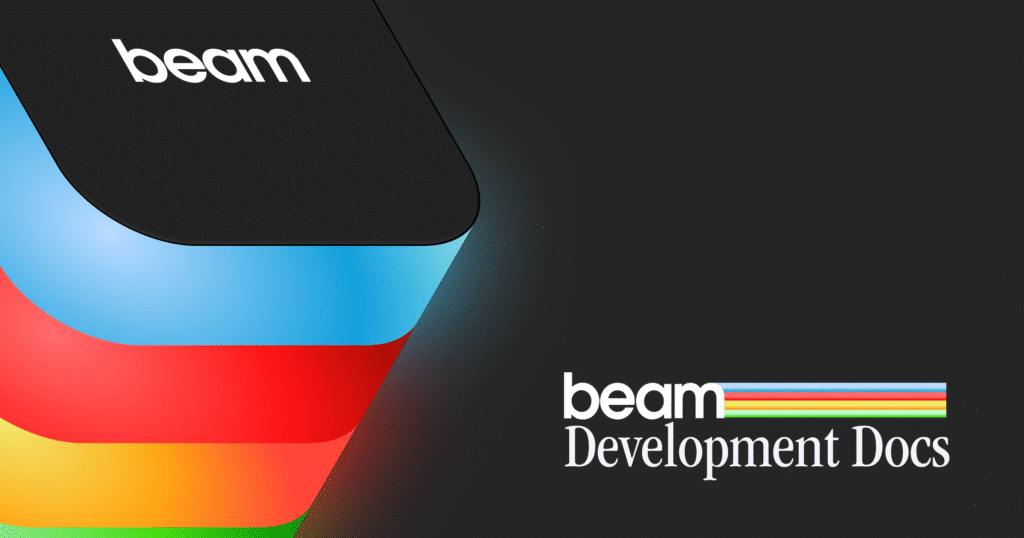
Key Features That Set BEAM Apart
| Feature | Details |
|---|---|
| Native Asset Creation | Developers can create in-game assets or currencies easily without needing complex smart contract setups. |
| Built-In Marketplace | Players can trade NFTs, skins, and items in a decentralised marketplace directly on BEAM. |
| Cross-Chain Compatibility | Supports bridges to Ethereum, Polygon, and other chains. |
| Governance | BEAM token holders participate in governance decisions shaping the ecosystem. |
| Gasless Transactions | In many cases, developers can pay transaction fees for players, making gameplay seamless. |
BEAM Token ($BEAM): Utility and Value
The $BEAM token is the lifeblood of the ecosystem.
Its primary uses include:
- Transaction fees (minimal, but essential to avoid network spam)
- Governance voting
- Access to exclusive in-game content
- Marketplace trading
- Incentives for players and developers
As more games launch on BEAM, the demand for $BEAM naturally increases, giving it a unique dual role:
An infrastructure token and a gaming economy currency.
At the time of writing, $BEAM holds a market cap of approximately $450 million and is listed on major exchanges such as Binance, Bybit, and Gate.io — showing that major players are paying close attention.
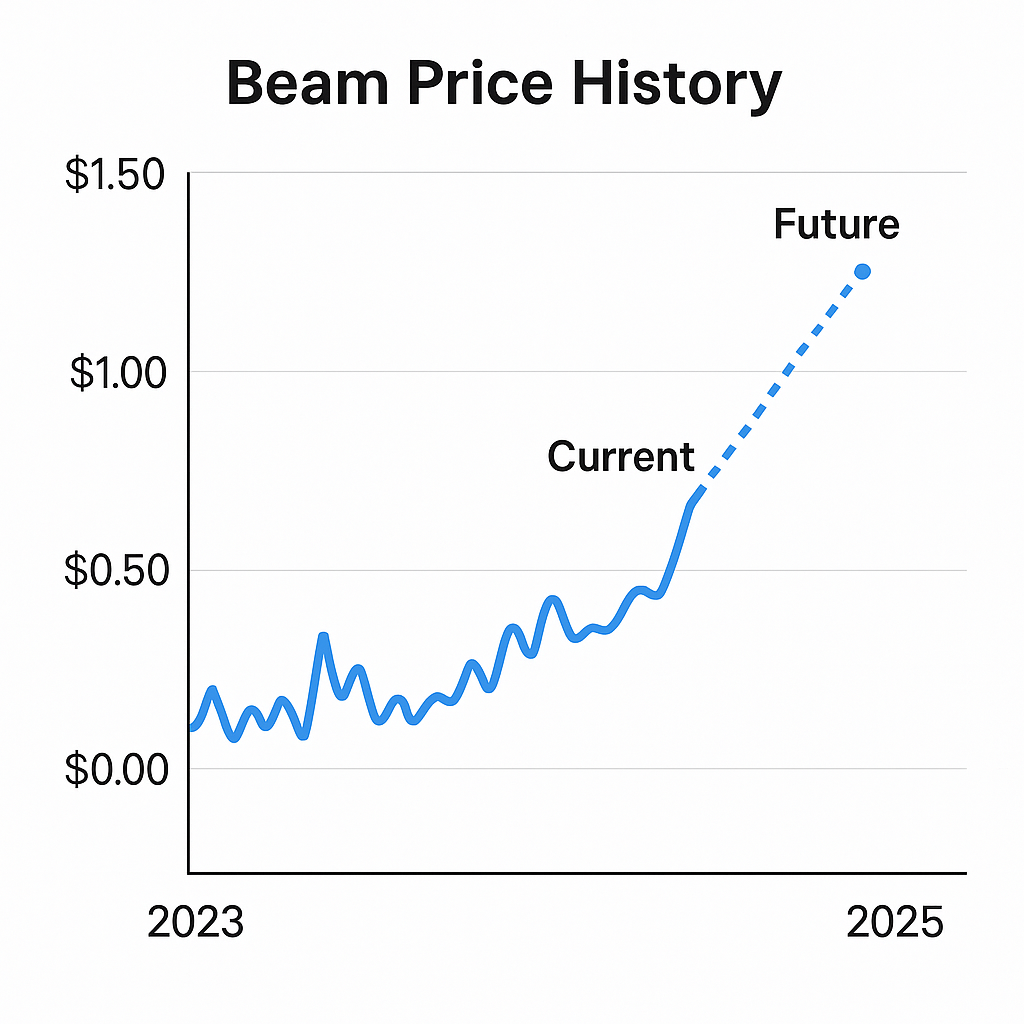
BEAM’s Competitive Edge in 2025
Compared to other gaming blockchains like Immutable X, Ronin, or Mythos Chain, BEAM has a few powerful competitive advantages:
- Truly Decentralised: No single game publisher owns BEAM. It’s DAO-governed.
- Ecosystem Grants: BEAM is funding indie developers, fuelling grassroots growth.
- Player-Owned Economies: Games on BEAM allow true asset ownership via NFTS.
- Optimised SDKS: Developer toolkits are simple and intuitive, cutting development time.
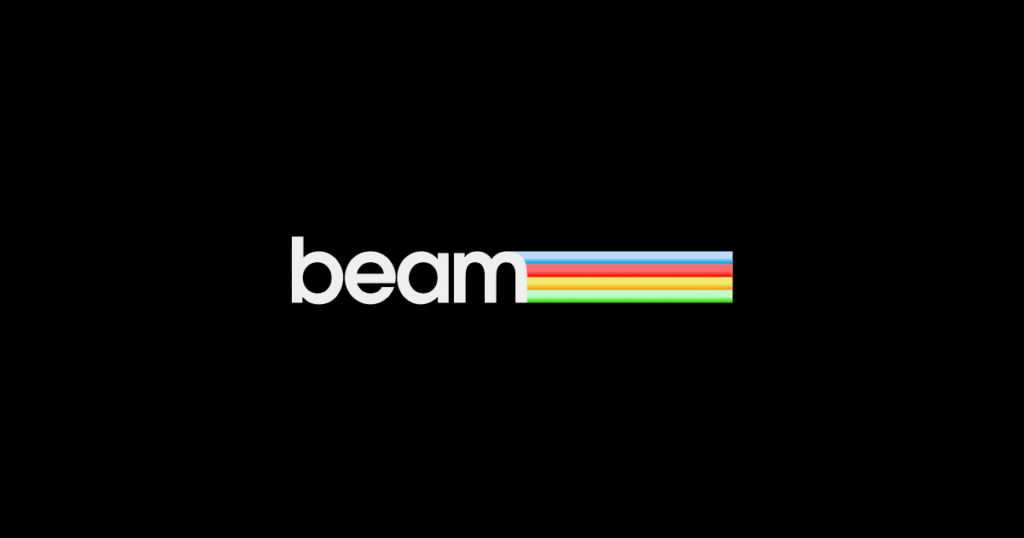
The Future of Gaming on BEAM
The blockchain gaming market is predicted to surpass $100 billion globally by 2030.
BEAM’s early mover advantage, dedicated developer support, and low-friction ecosystem position it beautifully to ride this trend.
Already, Web2 gaming companies are eyeing BEAM to migrate or launch hybrid models — bridging traditional gaming audiences with blockchain-powered economies.
As games such as Hash Rush 2.0 and Edenhorde gain traction, BEAM is expected to become synonymous with blockchain gaming, much like what Epic Games became for mainstream gaming.
In the words of Merit Circle DAO’s co-founder:
“We built BEAM because Web3 games deserved a real home — not just an afterthought tacked onto old networks.“
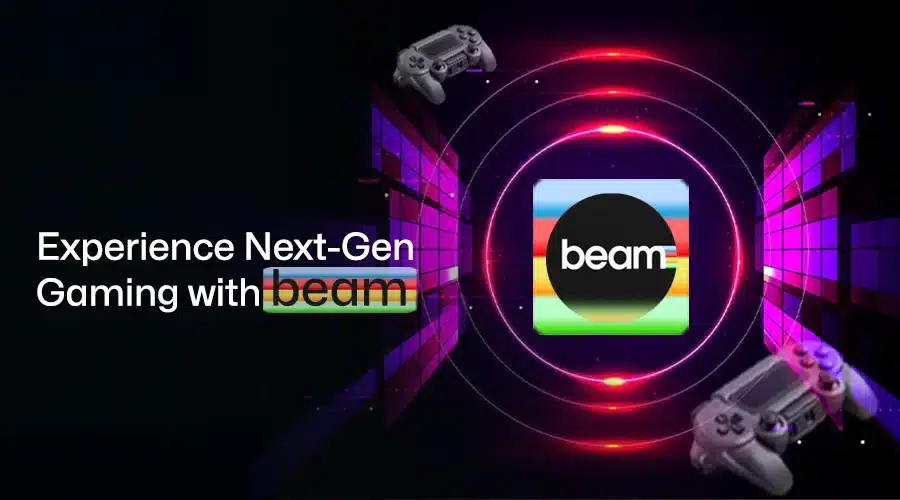
Should You Pay Attention to BEAM?
If you’re a:
- Gamer looking for true asset ownership
- A developer wants easy access to blockchain technology
- Investor eyeing the next big move in Web3
- Crypto enthusiast wanting exposure to gaming
BEAM should absolutely be on your radar.
It’s a rare project where technology, community, and opportunity align so cleanly.

Final Thoughts
As we move deeper into 2025, it’s clear that BEAM is more than just a trend — it’s building a sustainable blockchain gaming economy.
Whether you’re ready to battle, build, or simply invest,
BEAM is fast becoming the platform where the next generation of gaming legends will be made.



